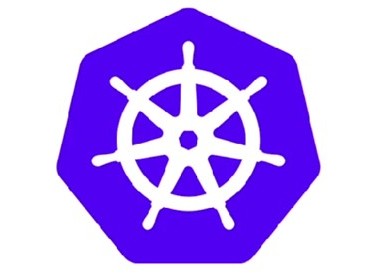Kubernetes Boosts Performance, Adds Complexity

IT administrators have complained in recent industry surveys that infrastructure complexity is forcing them to spend more time monitoring systems. Many are looking to outsource monitoring tasks.
Among the tradeoffs as emerging tools like the Kubernetes cluster orchestrator begin to scale are ever-greater monitoring requirements. As enterprises go all-in with the Kubernetes deployments, infrastructure monitoring has emerged as the top challenge, according to polling conducted during the recent KubeCon event.
Nearly half of Kubernetes adopters (48.8 percent) identified infrastructure monitoring as their biggest challenge, followed by system upgrades (44.3 percent) and security patches (34 percent).
Those teething problems are not unexpected given what the Kubernetes survey concludes is a “massive increase in planned scale of Kubernetes deployments.” According to the survey released last week by managed cloud infrastructure vendor Platform9, about one-quarter of respondents said they are running 100 or more Kubernetes clusters.
Providing more evidence that Kubernetes has gone “mainstream,” the survey authors noted that “companies are running hundreds of nodes in just one or two clusters. The scale is both in terms of the number of nodes as well as the number of clusters.”
The tradeoff for greater performance has been higher levels of abstraction and, with it, greater infrastructure complexity. Hence, a growing roster of startups like Platform9 are offering managed software services designed to help DevOps teams and IT administrators automate tasks like monitoring, upgrades and security.
Other challenges identified in the Kubernetes survey included easing multi-cloud deployments and moving distributed applications from virtual machines and bare metal to the cloud.
The survey found that Kubernetes also is making its mark in edge computing deployments. Along with a growing number of edge rollouts, 38.5 percent of those polled said they are running Kubernetes in 100 or more locations, including nearly half characterized as “thick”—defined as a dozen or more servers at each location.
Vendors such as Platform9 argue that traditional datacenter management process won’t work at the edge. What is needed, they add, is remote management and “autonomy at scale.”
Among the top use cases for these Kubernetes-backed edge deployments are surveillance and video analytics, 5G wireless and network function virtualization (combined as a single category) along with remote office support.
All are placing greater demands on IT administrators, creating an emerging market for automated monitoring and other managed services.
“The complexity of Kubernetes makes it difficult to run and operate at scale, particularly for multi/hybrid cloud environments—spanning on-premises datacenters, edge locations, public cloud infrastructure,” the survey concluded.
“Hiring talent and retaining them to run Kubernetes operations is getting increasingly difficult.”
Related
George Leopold has written about science and technology for more than 30 years, focusing on electronics and aerospace technology. He previously served as executive editor of Electronic Engineering Times. Leopold is the author of "Calculated Risk: The Supersonic Life and Times of Gus Grissom" (Purdue University Press, 2016).










